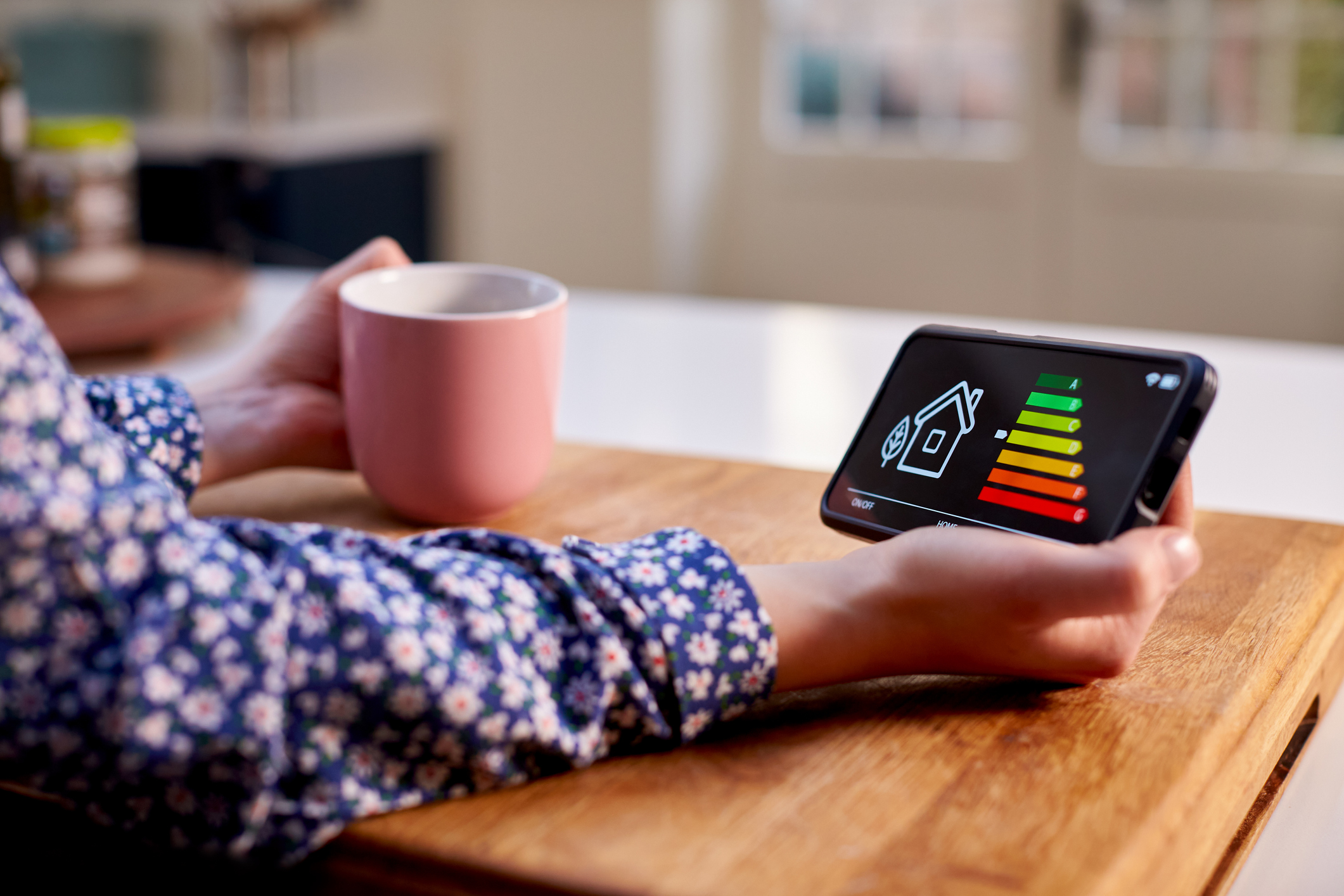Understanding how to measure home electricity use is crucial for managing energy consumption, reducing costs, and promoting sustainability. One of the most effective and accurate tools for measuring and analyzing your electricity usage are trending meters.
Here we will explore what trending meters are, how they work, the installation process, and the valuable insights they provide. You’ll gain a clear understanding of how trending meters can empower you to make informed decisions about your energy usage.
What are Trending Meters?
Trending meters, also known as energy trend monitors or energy usage monitors, are devices designed to measure and display real-time data about your home’s electricity consumption.
They provide detailed insights into your energy usage patterns, helping you identify energy-intensive appliances, peak usage periods, and areas where you can reduce consumption.

How Do Trending Meters Work?
Trending meters work by connecting to your electrical panel or directly to specific circuits within your home. They use advanced technology to monitor and record energy usage data, typically in kilowatt-hours (kWh).
Some trending meters have built-in displays, while others connect to mobile apps or online platforms for convenient access to your electricity usage information.
Installation Process:
Installing a trending meter usually requires the assistance of a licensed electrician. They will ensure a safe and proper connection to your electrical panel or designated circuits.
Here are the general steps involved in installing a trending meter:
1. Consultation and Assessment:
An electrician will assess your home’s electrical system and discuss your energy monitoring needs.
They will determine the best location for installing the trending meter and identify any specific circuits you want to monitor individually.
2. Wiring and Connections:
The electrician will carefully connect the trending meter to your electrical panel or designated circuits.
This step requires expertise to ensure proper installation and compliance with electrical codes and safety standards.
3. Configuration and Calibration:
Once the trending meter is installed, the electrician will configure and calibrate the device to accurately measure and display your electricity usage.
They will set up any necessary wireless connections to enable remote access and data monitoring.
4. Testing and Verification:
After installation and configuration, the electrician will test the trending meter to ensure it is functioning correctly.
They will verify the accuracy of the readings and troubleshoot any potential issues.
Valuable Insights from Trending Meters:

Once your trending meter is up and running, it provides valuable insights into your home’s electricity usage.
Here are some key benefits:
1. Real-time Data:
Trending meters display real-time electricity usage, allowing you to monitor consumption as it happens.
This information helps you understand the impact of specific activities or appliances on your energy bills.
2. Identifying Energy-Intensive Appliances:
By monitoring individual circuits or specific appliances, trending meters help identify energy-intensive devices in your home.
You can easily identify which appliances contribute most to your overall energy usage and take steps to reduce consumption or optimize their usage.
3. Peak Usage Periods:
Trending meters can help identify peak usage periods when your energy consumption is at its highest.
This information allows you to adjust your energy usage habits, such as running major appliances during off-peak hours when electricity rates are lower.
4. Energy-Saving Opportunities:
By analyzing the trending meter data, you can uncover energy-saving opportunities and make informed decisions to reduce waste.
For example, you may discover that certain appliances consume significant energy even when in standby mode, prompting you to unplug them when not in use.
5. Goal Setting and Tracking:
Trending meters enable you to set energy-saving goals and track your progress over time. By visualizing your electricity usage patterns, you can challenge yourself to reduce consumption and set specific targets for energy savings.
The trending meter’s data allows you to monitor your progress and make adjustments to your habits or appliance usage to achieve your goals.
6. Cost Analysis and Budgeting:
With the detailed information provided by a trending meter, you can conduct a comprehensive cost analysis of your electricity usage.
By understanding how much each appliance or activity contributes to your energy bills, you can create a more accurate budget and allocate funds accordingly.
This knowledge empowers you to make informed decisions about your energy usage and manage your finances effectively.
7. Energy Conservation Education:
Trending meters also serve as valuable educational tools for promoting energy conservation within your household.
By involving family members in monitoring and analyzing the electricity usage data, you can raise awareness about the impact of their actions on energy consumption.
This shared knowledge fosters a culture of energy-conscious behaviour and encourages everyone to contribute to energy-saving efforts.
By starting to measure home electricity use, you take an essential step towards energy efficiency and cost savings. Trending meters offer a practical and informative solution to monitor your energy consumption in real-time, identify energy-intensive appliances, and make informed decisions to reduce waste. By installing a trending meter in your home, you can gain valuable insights into your electricity usage patterns and take proactive steps to conserve energy and save money.
Don’t hesitate to reach out to us at Beattie Dukelow Electrical Inc. to explore how we can install a trending meter for your home and support your energy-saving goals. Begin to measure home electricity use today and embark on a journey towards a more sustainable and efficient future.

